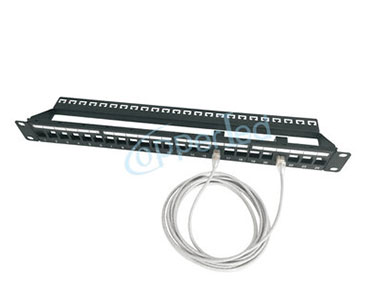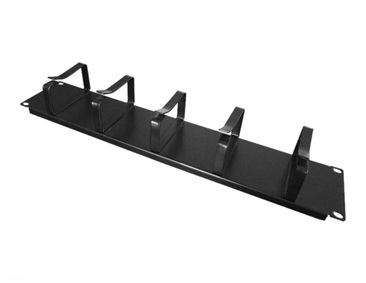
Guaranteed network connectivity is critical for enterprises, yet with technology continuously evolving, it can be challenging for data centers to keep pace with the growing demand for more bandwidth and better performance. The fact is that however sophisticated the data center becomes, even the Tier IV facility, with all its redundancy, advanced power, and cooling, is worth little if the cable, data cable management, and connectivity are inferior and lead to network downtime. Especially as data center engineers and ICT professionals brace for the demands of new technologies such as 5G, edge computing, artificial intelligence (AI), and the continuing growth of software-defined networking (SDN) across the enterprise landscape, how can they best prepare data center infrastructure and cabling to support these initiatives while ensuring scalability and flexibility for the future?

Make no mistake, data centers are a more dynamic environment than ever before. Being able to add capacity through a scalable solution without having to redo the install from scratch will save a lot of time, effort, and money when the time for implementation arrives.
Another way cabling infrastructure can support these initiatives is by being standard-driven. By complying with standards such as the Telecommunications Industry Association’s (TIA) TIA-942 - was the first standard developed by an accredited standards organization that specifically addressed physical data center infrastructure - or various Institute of Electrical and Electronics Engineers (IEEE) standards, cabling suppliers can ensure flexibility through interoperability of the solution with other providers, which ultimately benefits the end-user.
By far the most arduous challenge regarding optical fiber connectivity in the data center is managing the immense amount of fiber, whether it is in the demarcation point of the entrance room or within the facility itself. What used to be a few dozen or hundreds of fibers is now a few thousand. The trend we’re now witnessing is the revamping of the entrance room to eliminate outdated proprietary splice closures, affectionately known as “fridges,” so-called because of their physical resemblance, and replacing them with modern, more efficient, and user-friendly high-density fiber management systems. Obviously, the room’s dimensions are fixed, so the only solution to pack more fiber into the same footprint is to reduce the space the equipment takes and manage the cabling more intelligently.
Fortunately, there are now modular fiber distribution frames designed to install in any standard 19 in rack or cable storage cabinet that provides high fiber count, high-density fiber management, and termination, including complete vertical cable management, slack management, routing, and strain relief features all within the width of a standard 19 in the rack.
Of course, the need for sound cable management and reliable connectivity isn’t limited only to the entrance room of the data center. Equally critical is the equipment room, which contains the main distribution frame — the primary location for backbone cabling — along with phone systems, power protection, uninterruptible power supplies (UPS), LAN equipment, and any file servers and data processing equipment, including the mechanical terminations.
The work area is the point at which the network interacts with staff on a floor. This is where horizontal cabling distribution enables the interaction between the workstation and the telecommunications room. The telecommunications room houses equipment, cable terminations, and cross-connects that serve a specific office area, and/or floor. The telecommunications room is the critical point between the work area and the equipment room or main cross-connect, linked through backbone cabling connecting the equipment room to the telecommunications room, and horizontal distribution connecting the telecommunications room to the work area.
The telecommunications room is typically a floor-serving room for horizontal distribution and should be designed and equipped in compliance with the American National Standards Institute (ANSI) TIA-569-B protocol. TIA-569-B provides design standards for the entrance room, equipment room, and telecommunications room with respect to construction and environmental controls. One of the key features of TIA-569-B is the necessity for pathway diversity and redundancy to ensure continuous operation in the case of a catastrophic event.
Considering the investment in time and money that will be required to quickly get up to speed, and the risk of missed opportunities now is the time to prepare the data center with a cabling infrastructure that is adaptable, flexible, and scalable to the requirements of the aforementioned newly arriving technologies. The future of your organization’s digital transformation, or that of your customers, will almost certainly depend upon it.


